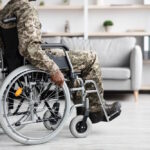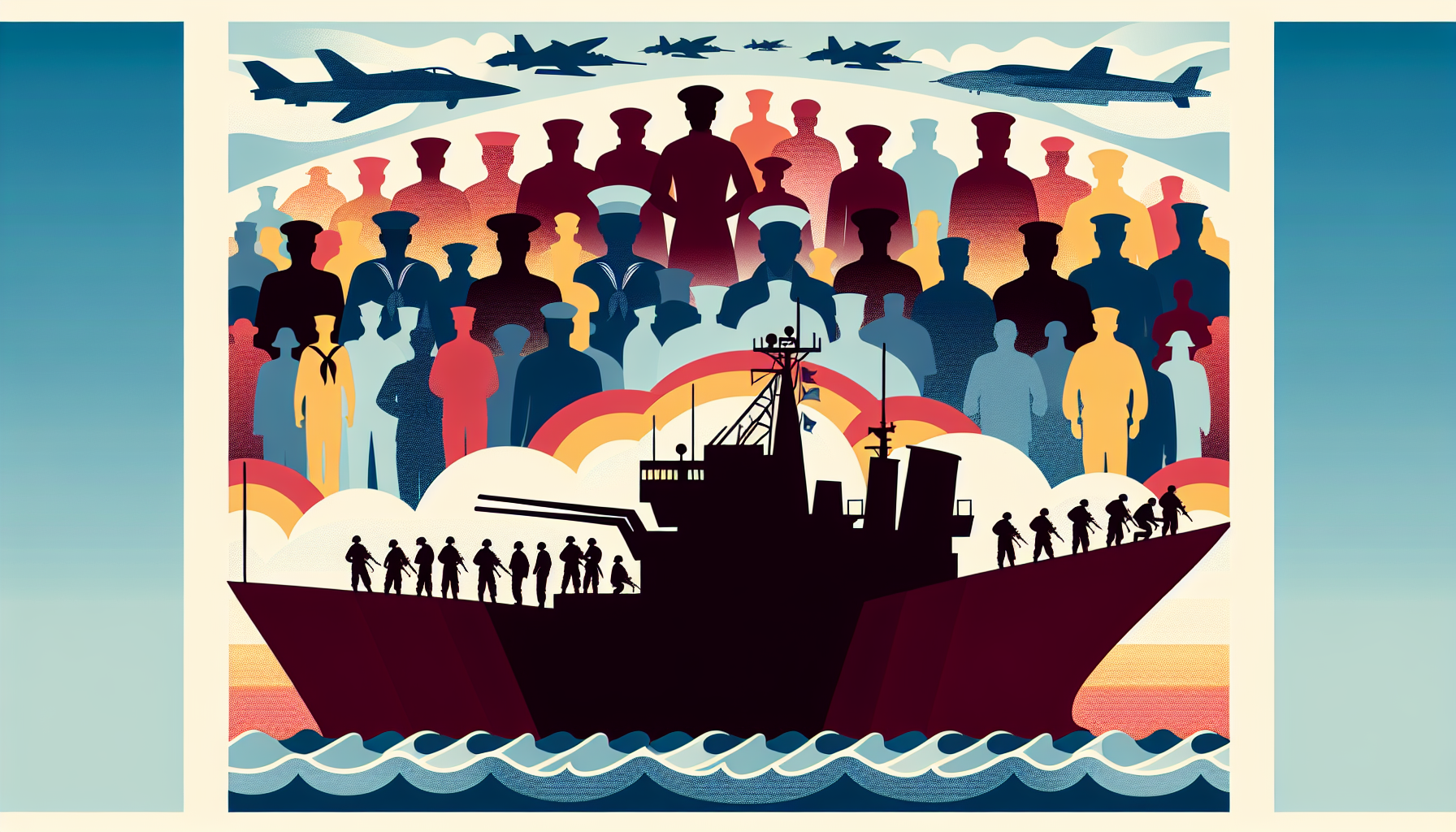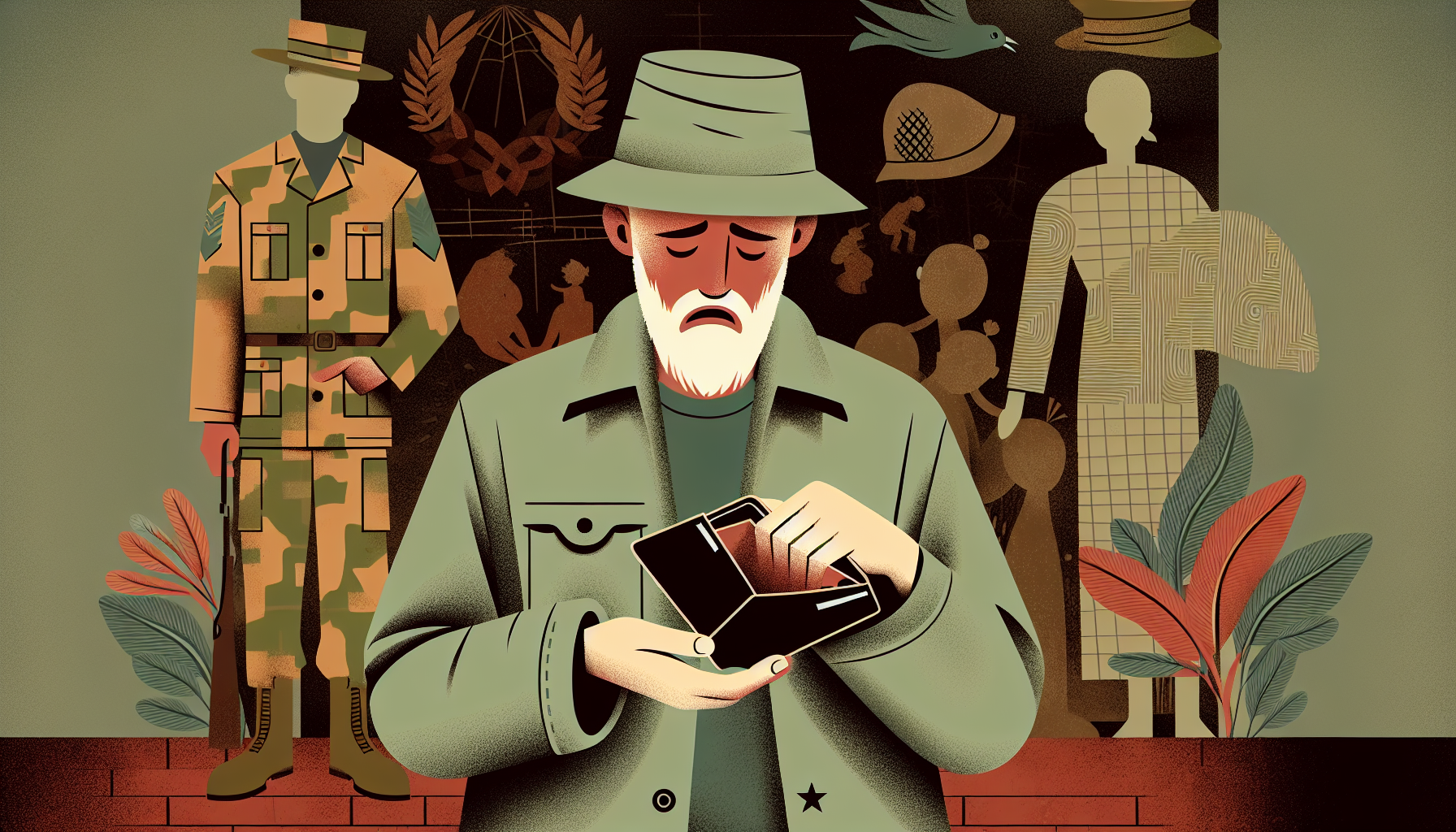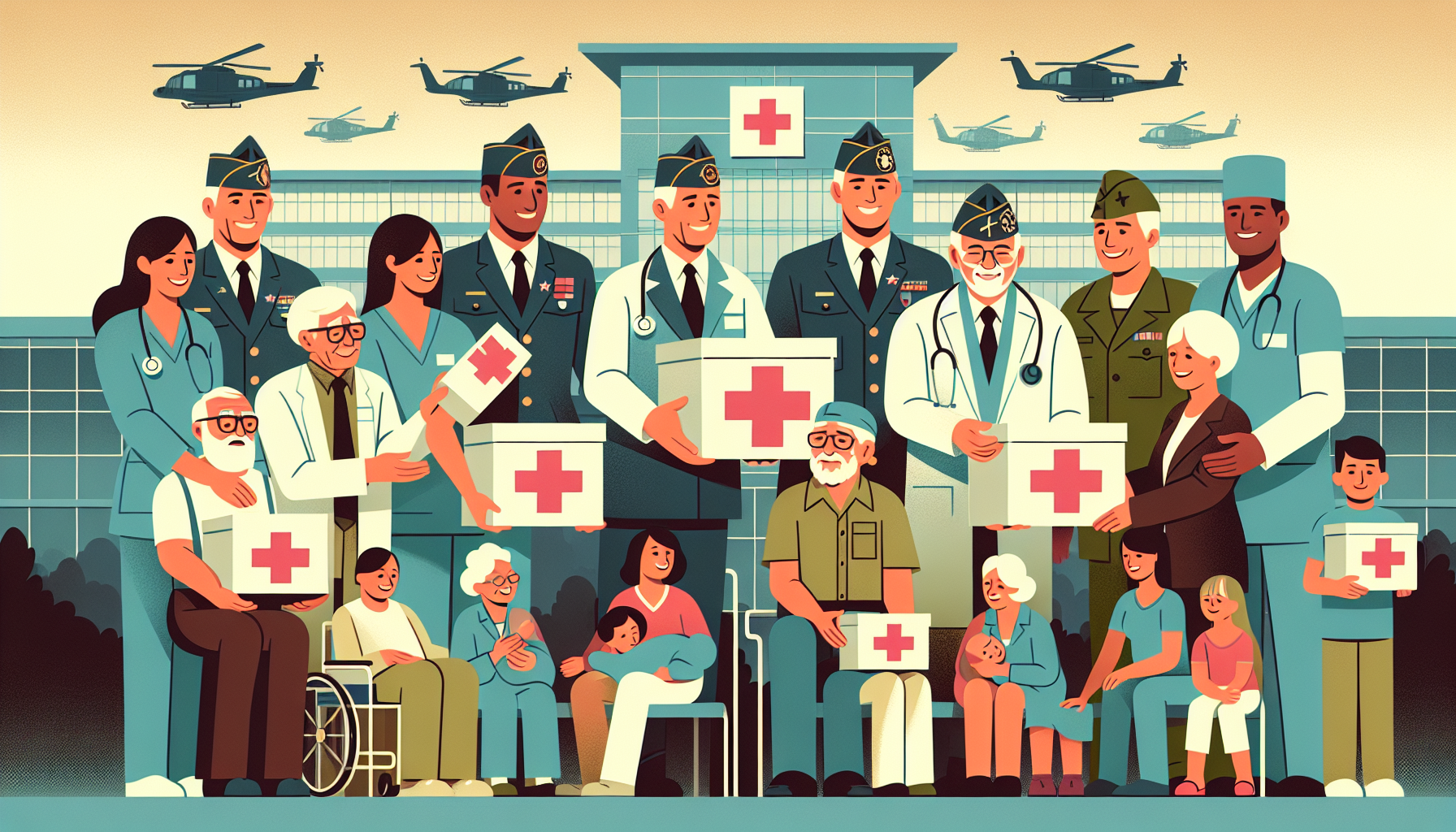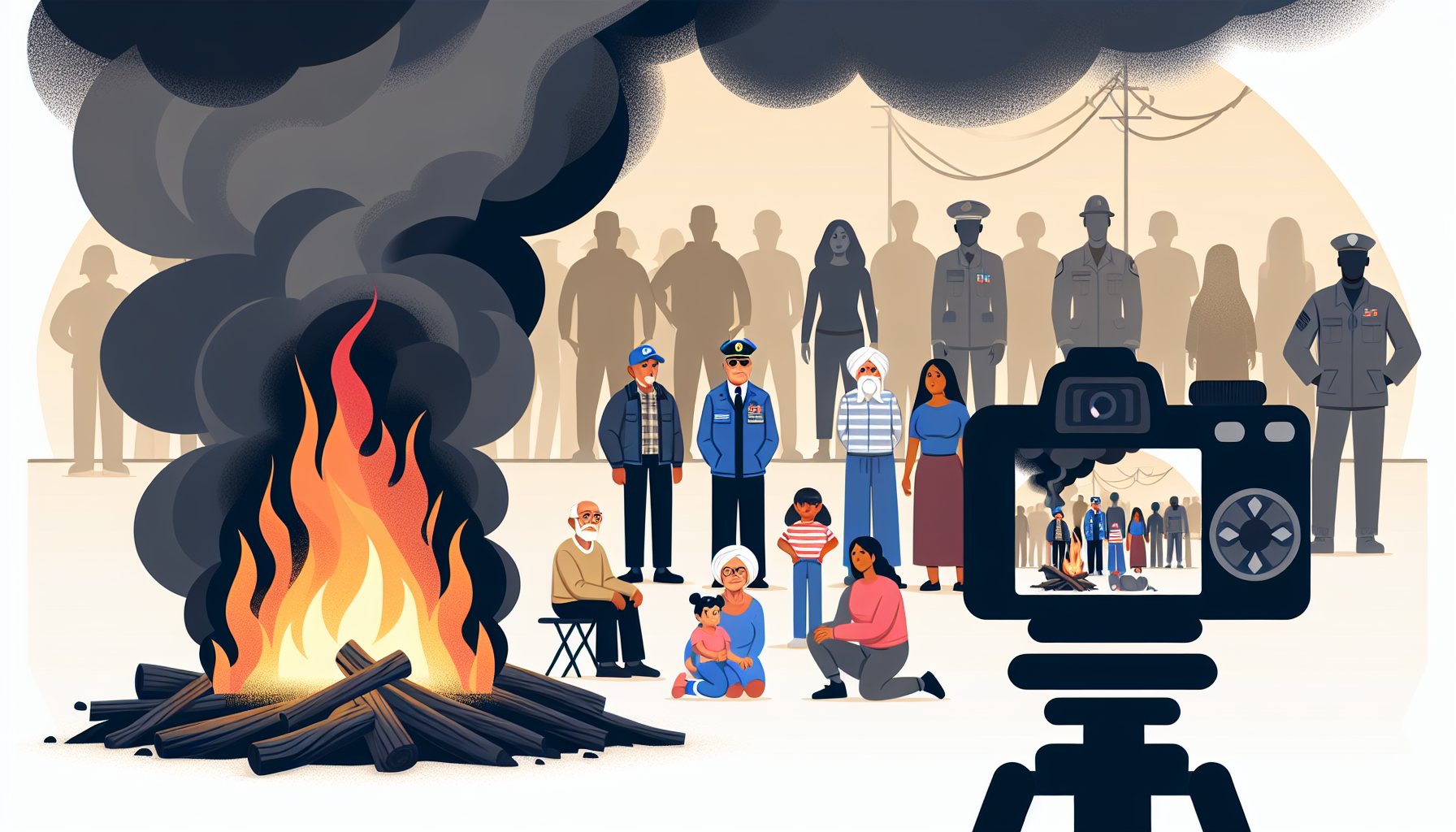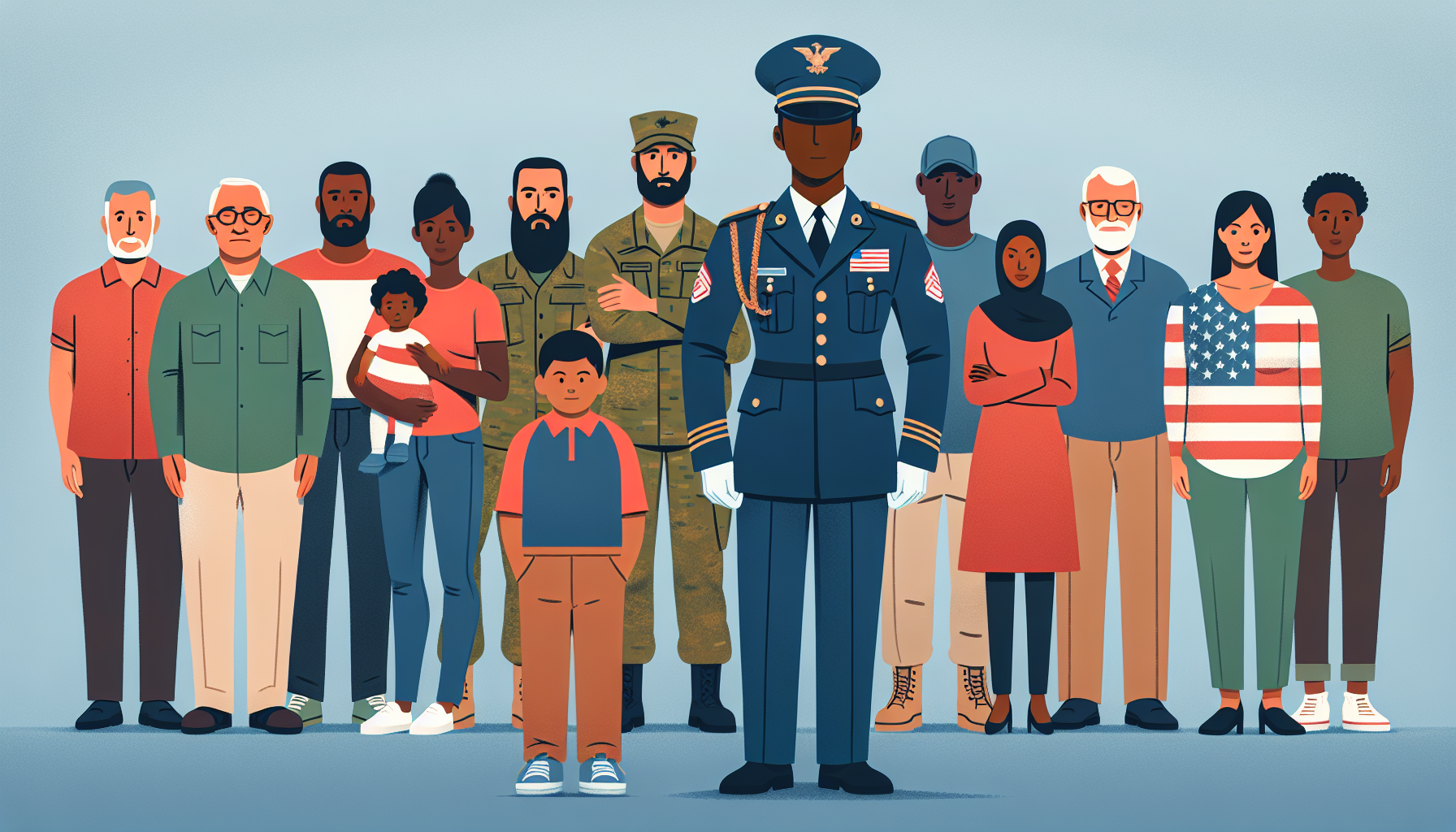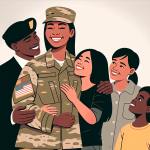Definition
Blue Water Navy Veterans refers to the U.S. Navy and Coast Guard personnel who served in the open waters off the coast of Vietnam during the Vietnam War. These veterans did not set foot on Vietnamese soil but were potentially exposed to the hazardous herbicide Agent Orange while in service. Due to their unique situation, they may be eligible for specific VA benefits, including disability compensation for health issues related to Agent Orange exposure.
Key Takeaways
- Blue Water Navy Veterans refers to service members who served on open sea ships off the shore of Vietnam during the Vietnam War, and who may have been exposed to Agent Orange and other herbicides.
- These veterans have been eligible for disability benefits due to conditions related to their exposure since January 1, 2020, following the Blue Water Navy Vietnam Veterans Act.
- Blue Water Navy Veterans are encouraged to file disability claims and access healthcare benefits through the Department of Veterans Affairs (VA), including potential compensation for exposure-related illnesses.
Importance
The term “Blue Water Navy Veterans” is important because it specifically refers to the group of U.S.
Navy and Coast Guard Veterans who served during the Vietnam War era and operated on open sea ships off the coast of Vietnam.
These Veterans have faced a long-standing battle for the recognition and extension of the same disability benefits offered to those who served on the ground and inland waterways of Vietnam, due to their presumed exposure to the toxic herbicide Agent Orange.
The significance of the term highlights the unique challenges they faced to receive the appropriate Veterans Affairs (VA) benefits, which were eventually granted with the passage of the Blue Water Navy Vietnam Veterans Act in June 2019.
This act provided them with necessary healthcare and compensation, acknowledging the sacrifices they made and the health risks they faced while serving their country.
Explanation
The Blue Water Navy Veterans refers to a specific group of military personnel who served in the Vietnam War, primarily aboard ships patrolling the waterways along the Vietnamese coastlines and the open ocean. The term’s purpose is to differentiate these Veterans from the ones who served on land in Vietnam or served in the inland waters – known as the Brown Water Navy.
The distinction is essential as it helps the United States Department of Veterans Affairs (VA) determine which Veterans are eligible for specific healthcare benefits and compensation due to their exposure to Agent Orange, a toxic herbicide used during the Vietnam War to remove foliage that provided cover for the enemy. The VA benefits of Blue Water Navy Veterans were expanded in January 2019 with the enactment of the Blue Water Navy Vietnam Veterans Act.
This legislation ensures that Veterans who served offshore are eligible for the same benefits and compensation as those who served on land and faced the risk of long-term health effects due to exposure to Agent Orange. These benefits include health care, disability compensation, and survivor benefits.
The purpose of these benefits is to provide proper medical care and financial compensation to Blue Water Navy Veterans facing chronic illnesses associated with the herbicide exposure and ensuring that their families are supported through survivor benefits.
Examples of Blue Water Navy Veterans
Agent Orange Exposure: One prominent real-world example involving Blue Water Navy Veterans is their exposure to Agent Orange while serving offshore during the Vietnam War. Due to their duties performed on open sea ships, they were exposed to this toxic herbicide, leading to various health issues. In 2019, The Blue Water Navy Vietnam Veterans Act was signed into law, which presumes that Blue Water Navy Veterans were exposed to Agent Orange and extends VA benefits to them for their related illnesses.
The Procopio v. Wilkie Case: In January 2019, the U.S. Court of Appeals for the Federal Circuit issued a decision in the case of Procopio v. Wilkie, which helped redefine the scope of Blue Water Navy Veterans. Alfred Procopio, a Blue Water Navy Veteran, sought disability benefits from the VA for his Agent Orange-related health issues, but was initially denied. The court ultimately sided with Procopio, extending disability benefits to offshore Vietnam-era service members who were within 12 nautical miles of the Vietnamese coast.
Health Care and Disability Compensation: The recognition of Blue Water Navy Veterans as a distinct group of veterans has real-world implications in terms of their access to healthcare and disability compensation. Under the Blue Water Navy Vietnam Veterans Act, eligible veterans can receive compensation for service-connected illnesses linked to Agent Orange exposure. This includes diseases such as Type 2 diabetes, various forms of cancer, heart disease, and Parkinson’s disease. As a result, thousands of Blue Water Navy Veterans now qualify for the health care and financial support they need to manage their health issues stemming from their service.
FAQs for Blue Water Navy Veterans
1. Who are Blue Water Navy Veterans?
Blue Water Navy Veterans are United States Navy veterans who served on open sea ships off the shore of Vietnam during the Vietnam War. They are considered to have been exposed to the toxins of Agent Orange, which were used during the conflict.
2. What benefits are available to Blue Water Navy Veterans?
Blue Water Navy Veterans may be eligible for various VA benefits, such as disability compensation for diseases linked to Agent Orange exposure, healthcare services, and home loan program participation.
3. How can Blue Water Navy Veterans apply for disability benefits?
Blue Water Navy Veterans can apply for disability benefits by submitting a claim on the Department of Veterans Affairs website, by visiting their local VA regional office in person, or by working with a Veterans Service Organization (VSO) for assistance.Throughout the process, Veterans need to provide evidence showing their service in a Blue Water Navy ship and any medical records or information supporting the connection of their condition to Agent Orange exposure.
4. What specific health conditions are linked to Agent Orange exposure?
The VA recognizes several health conditions linked to Agent Orange exposure, including but not limited to:
– Type 2 diabetes mellitus
– Parkinson’s disease
– Ischemic heart disease
– Certain forms of cancer, such as respiratory cancers, prostate cancer, and multiple myeloma
– Chronic B-cell leukemias
– Al amyloidosis
5. What healthcare services are available to Blue Water Navy Veterans?
Blue Water Navy Veterans who are eligible for VA healthcare can benefit from services like primary care, specialty care, preventative care, mental health care, dental care, and emergency care. Additionally, Veterans may be eligible for long-term care services and support based on their needs and availability.
6. How do Blue Water Navy Veterans qualify for VA home loan benefits?
Blue Water Navy Veterans, like other eligible Veterans, need a Certificate of Eligibility (COE) to prove to lenders that they qualify for a VA home loan. They can apply for a COE online through the VA’s eBenefits website, by mail, or through their lender as part of the loan application process.
Related VA Benefit Terms
- Agent Orange Exposure
- VA Healthcare Eligibility
- Vietnam War Veterans
- Disability Compensation
- Presumptive Service Connection
Sources for More Information
- U.S. Department of Veterans Affairs
- National Veterans Legal Services Program
- Veterans of Foreign Wars (VFW)
- The American Legion
 Benefits.com Advisors
Benefits.com Advisors
With expertise spanning local, state, and federal benefit programs, our team is dedicated to guiding individuals towards the perfect program tailored to their unique circumstances.
Rise to the top with Peak Benefits!
Join our Peak Benefits Newsletter for the latest news, resources, and offers on all things government benefits.


